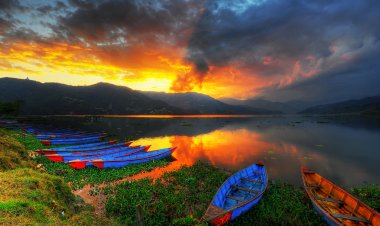The Himalayas
mountains of Nepal
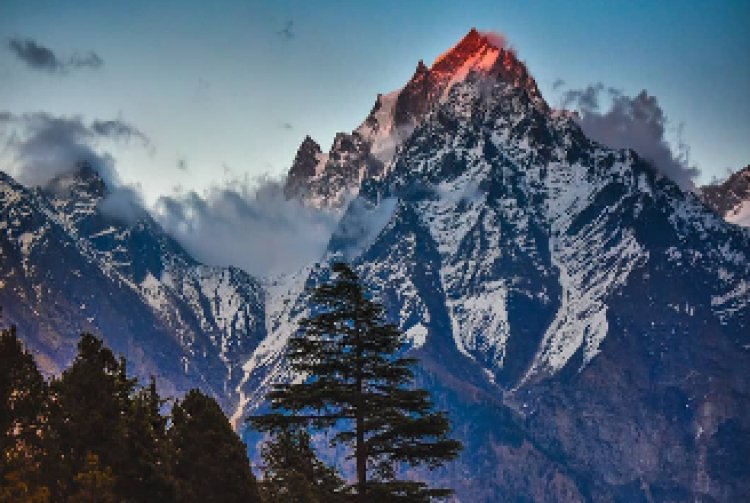
There is only Nepal among the other countries, which is known as the land of the Himalayas and is a mountaineer and trekker's paradise to the world. Nepal is blessed with some of the world’s highest mountain peaks. Of the fourteen world’s highest mountains, eight lie in Nepal. Due to this, Nepal is at the top of the list of destinations for mountain lovers. Of the 1310 mountain peaks in Nepal, which total over 5500m and 8848m above sea level, 326 of them are open for climbing.
Nepal is a rocky country. She is known as the place where the Himalayas are. The Himalayas, which are located in the northern part of the country, most likely boosted her personality and respect. The high mountains in Nepal are covered with snow, yet the lower portions of them are covered with grass and plants. Many individuals live in the mountains. A large portion of the rich terrain has been developed. The mountains are not densely populated. Individuals' lives are troublesome there. A large portion of individuals is designers. Higher mountains are also used to eat steers such as cows, yaks, goats, and sheep. The snow-covered mountain tops entice numerous unfamiliar sightseers. They appear to be alluring, yet they are getting contaminated these days. The primary attractions of the travel industry in Nepal are these grand mountains.
Major mountains of Nepal:
Everest:

Mount Everest is the highest peak in the world with an altitude of 8,848.86m, located in the Mahalangur Himal sub-range of the Himalayas. Many mountains on earth can't be climbed, but Mt. Everest is the one that can be climbed even though it is the highest peak in the world and has been successfully climbed by more than 5,000 different people over 9,000 times. Mountaineers can get great satisfaction and pride from being on top of Mount Everest, which is unparalleled. This is why Mount Everest has an incomparable position in the hearts of mountaineers. The perfect time to climb Mount Everest is in May. It is the time between the rainy season and the windy season in the Everest region.
Kangchenjunga:
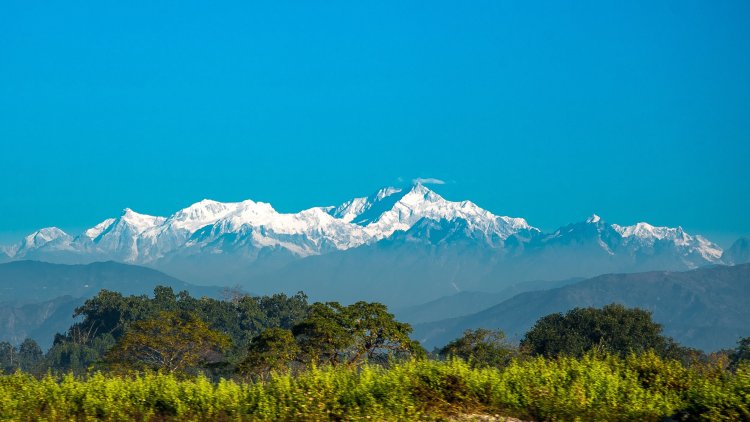
Kangchenjunga, also spelled as Kanchanjunga, is the third-highest mountain in the world with an altitude of 8,586m, located in the Taplejung district. Kangchenjunga was once thought to be the highest peak in the world, but Mount Everest was discovered to be higher. Since Kangchenjunga is located in a remote area, the Kangchenjunga region is not much explored by trekkers.
Lhotse:
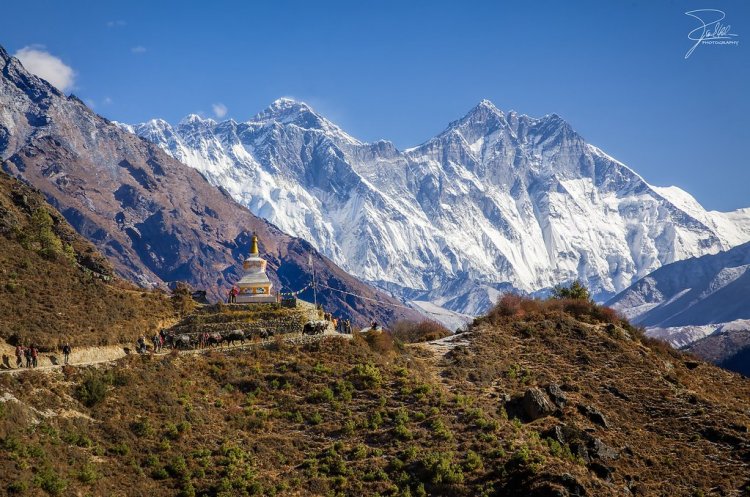
Lhotse is the fourth highest peak in Nepal, located in Solukhumbu District, at an altitude of 8,516m. Lhotse is climbed via virtually the same route as Mount Everest. By 2007, there were 317 climbers on Lhotse, but due to some serious incidents, Lhotse wasn’t climbed for three of 2014, 2015, and 2016. However, the mountain was climbed again in May 2017. The monsoon season of summer and winter are not suitable periods for the Lhotse expedition. However, the post-monsoon seasons (September to November) are a great time to climb Lhotse.
Makalu:
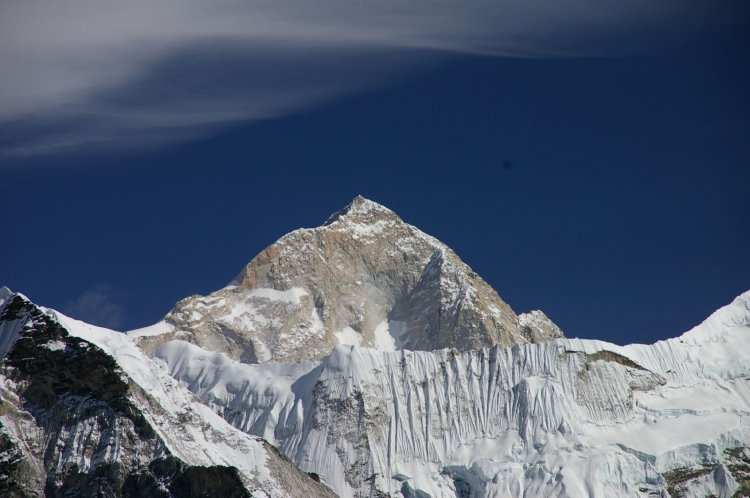
Makalu is the fifth highest peak in the world with an altitude of 8,485m and is located in the Mahalangur Himalayas, 19 km southeast of Mount Everest. Due to its steep pitches and knife-edge ridges, Makalu is considered one of the most difficult eight-thousand-meter mountains to climb. Makalu has the structure of an isolated peak shaped like a four-sided pyramid. May is the best time to climb Makalu.
Cho Oyu:
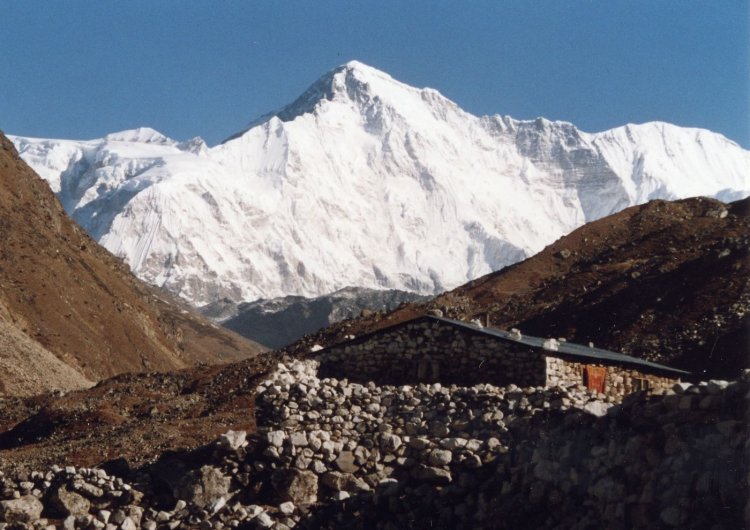
Mount Cho Oyu is the sixth-highest peak in the world, located in the Khumbu region (the border of Nepal and Tibet) at an altitude of 8,201m. Since Cho Oyu has a high ascent success rate and practically no objective risks, Mt.Cho Oyu is relatively known as the safest and easiest of all the 8000 m peaks of Nepal. Mt. Cho Oyu has recently become popular with skiers and snowboarders due to its relatively low objective risk and good snow conditions, especially in the fall. The best time to climb Cho Oyu is in the fall, from August to October.
Dhaulagiri:
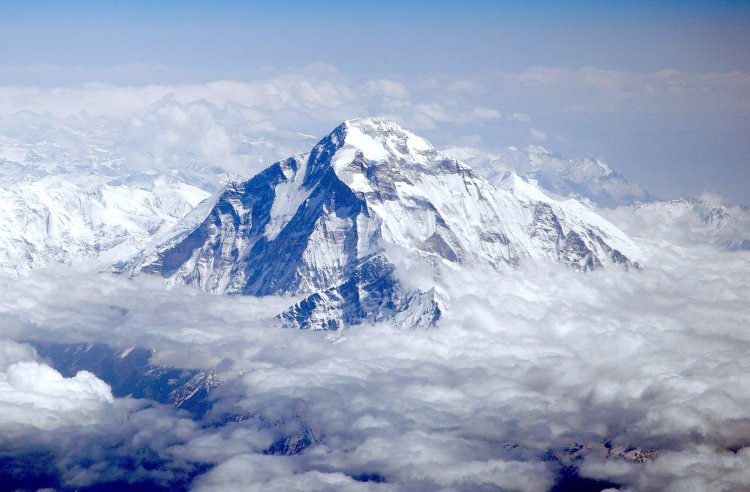
Dhaulagiri (also known as the White Mountain) is the seventh-highest peak in the world and the sixth-highest peak in Nepal. It lies in the western part of Nepal at an elevation of 8,167m. That's why it became an important tourist center. Dhaulagiri lies northwest of Pokhara. When Dhaulagiri was first discovered, it was said to be the highest peak in the world and was remanded for 30 years. Later, it became the seventh-highest peak in the world.
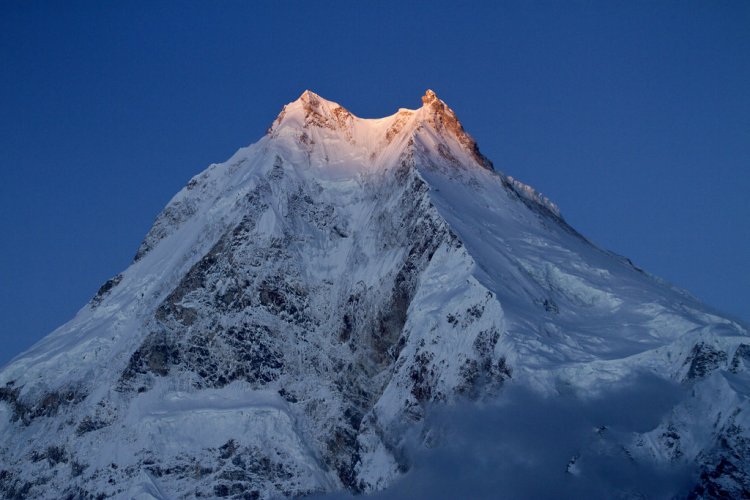
Manaslu (The Mountain of Spirit), the eighth-highest peak in the world, is located in the west-central part of Nepal (Mansiri Himal ) at an altitude of 8,163m. Mount Manaslu is also called the Killer Mountain of the World because more than 60 mountaineers have given their lives while summiting this mountain, making it the most dangerous mountain of all. The small tea houses make this Manaslu trek more famous, where trekkers can take a rest and have a cup of tea.
Annapurna:
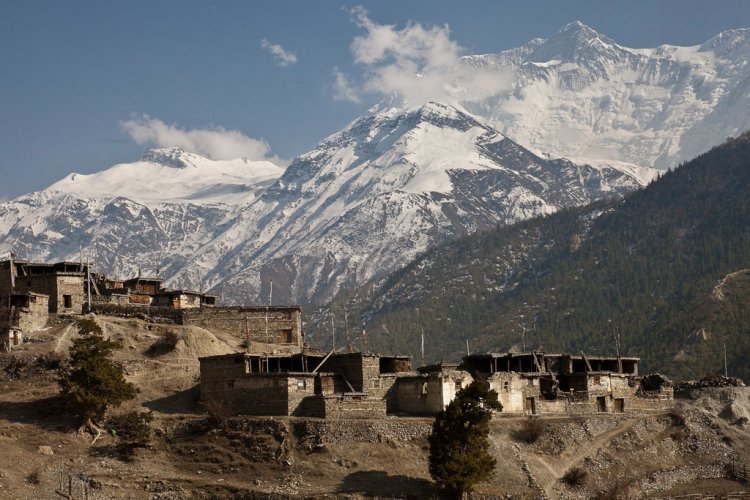
Mount Annapurna (The Goddess of Harvest) is the tenth highest peak in the world with an elevation of 8091m, located at the border of Myagdi and Kaski Districts in Gandaki Province. It is in the Annapurna massif of Nepal. Due to lower altitudes and fewer steep climbs, Annapurna is slightly easier to climb.
These brilliant mountains, crediting heavenly magnificence in Nepal, have assumed a vast part in the upgrade of the travel industry. Our travel industry exchange relies upon them. Numerous vacationers anxiously visit Nepal to see the mountains. Some of them come here to ascend the frigid mountains; in particular, they climb Mt. Everest, the most noteworthy peak on the planet. Numerous unusual spices are tracked down in the Himalayan locales of Nepal. We can use them directly as medication or we can use them to make stronger medications. In the event that we trade them to far-off nations, we can procure unfamiliar cash. The snow-covered mountains are the starting points of the waterways in Nepal. Consequently, mountains are the most durable wellsprings of water. The environment and climate are new and solid in the mountains. That is why the people who live in mountain areas are always fiery and vigorous.
We can have a few impediments from the mountains. They are one of the deterrents to the improvement of the country. The ripeness of the land isn't wealthy in the mountains. The ranchers are under the destitution line. Streets are required by some other development developers. In any case, street-making in the mountains ends up being extremely sluggish and costly. The way of life of individuals is truly challenging. Numerous catastrophic events, for example, avalanches, floods, and soil disintegration, seriously affect individuals. The principal issue in the mountains is the absence of good transportation and correspondence. These days, the way of life of individuals in the mountains is improving because the issue of transportation and correspondence has decreased. The majority of individuals have begun developing vegetables and natural products, which end up being more profitable than conventional farming. On the off chance that the mountain locales are appropriately developed, the situation in the nation surely gets elevated.
It is said that the advancement of the mountains in Nepal upholds the improvement of the entire country. The exceptional flourishing of the country can be accomplished assuming all the mountain locales are used and plentifully created to encourage individuals' way of life and status. The public authorities and all areas concerned are expected to do their best to mitigate the hopelessness of the occupants of the mountain locales.
What's Your Reaction?


























































































